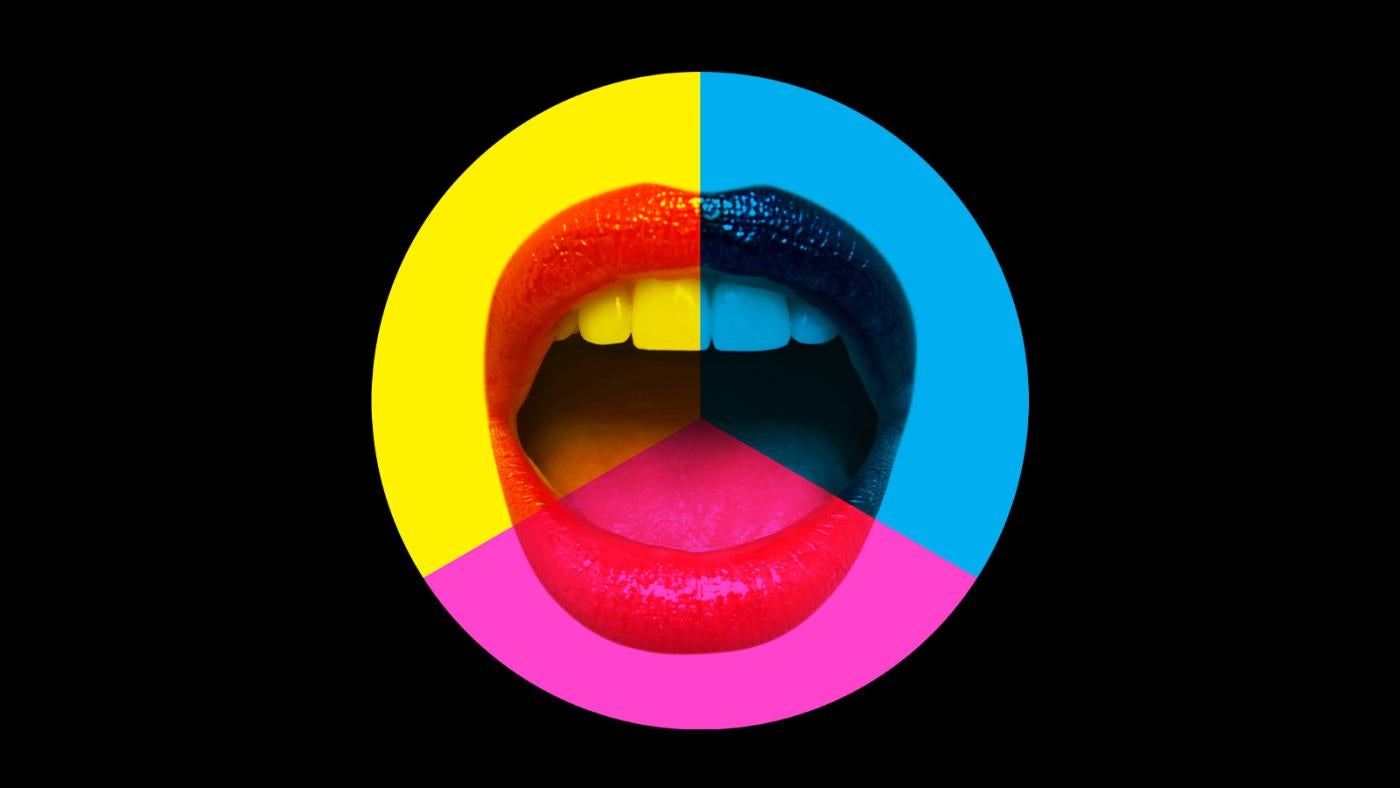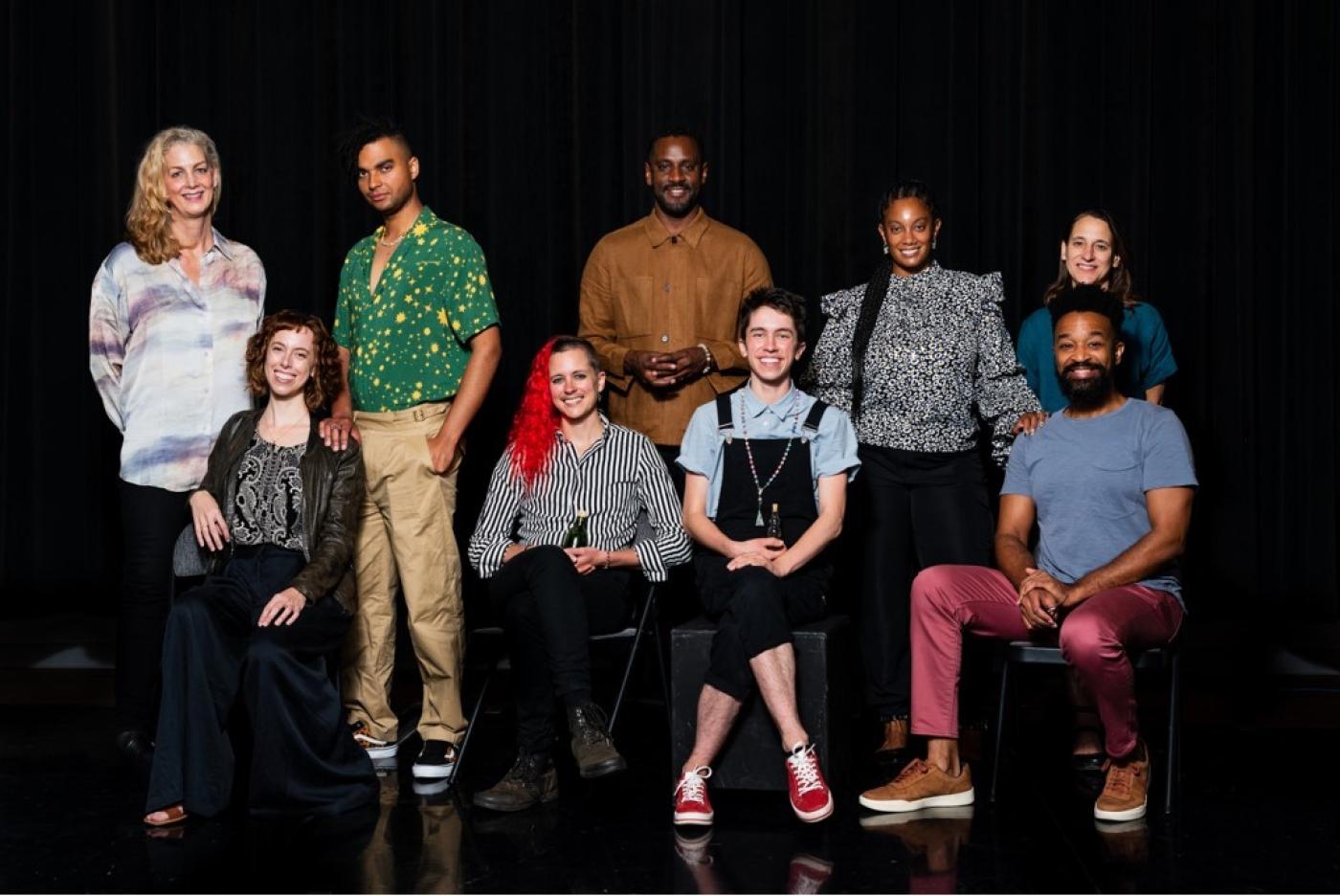Exciting new opera composers and librettists are making important contributions to the genre, a course that Washington National Opera has been celebrating for several years with its presentation of the innovative and acclaimed American Opera Initiative (AOI).
Now in its 10th season, AOI will present the world premieres of three new operas – each a 20-minute, one-act work – on January 21, 2023 at the Kennedy Center Terrace Theater. Each is the product of composer-librettist teams (noted below) that collaborated with prominent professional opera mentors, led by AOI Artistic Advisor Kelley Rourke.
With this initiative, AOI gives a stage for a new generation of artists to gain experience in opera, and for audiences to experience new works of modern and original ideas and musical forms, performed by world-class artists drawn from the Cafritz Young Artists Program and the Washington National Opera Orchestra.
I asked Kelley Rourke and each of the composer-librettist teams for their perspectives.
Artistic Advisor and librettist Kelley Rourke
Linda Carducci: Operas have been generally expressed in musical styles idiomatic to their respective eras. In what ways are this year’s American Opera Initiative operas different from previous eras’ operas in terms of expression, music and themes?
Kelley Rourke: We’re living in such an exciting time for new opera, with so many approaches to musical storytelling. When I look back on ten years of AOI commissions, I am mostly struck by the variety. This year’s stories all filter contemporary concerns through a mythic/supernatural element, each with its own unique musical expression: Oshun brings in elements of African drumming; Bubbie and the Demon is a mashup of grand opera and heavy metal; and What the Spirits Show is a lush, romantic fable.
LC: Please describe how the mentorship arrangement worked for this season’s composers and librettist teams.
KR: The mentorship arrangement is flexible by design, since every artist comes in with a different set of interests, strengths, and questions. Mentors, writers and WNO staff meet by phone/Zoom at specific milestones in the writing process, and in the fall everyone gathers in DC for a four-day piano-vocal workshop. There are also many one-on-one conversations, e-mails and text threads along with way. The relationships are as unique as the artists themselves, and the connections often endure beyond the AOI writing year.
LC: Your impressive background as a musician includes librettist, translator and dramaturg for major opera organizations, and you’ve served as mentor to WNO's American Opera Initiative for the last three years. You were recently named Artistic Advisor of AOI. Congratulations! What is the overall purpose of the program and your guiding principle in this year's productions and for future seasons?
KR: I’m honored to have stepped into a program that has done so much for the art form. AOI is first and foremost an incubator for emerging creators to develop work and gain experience/insights they can take into their next opera projects. It also gives members of the Cafritz Young Artist program the experience of workshopping and performing roles written specifically for them. Finally, it’s an annual opportunity for Washington audiences to encounter a trio of fresh perspectives on what opera can be in the 21st century.
One of AOI’s main strengths is its capacity for constant renewal, thanks to the regular influx of new ideas from both the writers who are commissioned and the established artists who come into the program as mentors. The mentors’ involvement in the selection process and their stewardship of each year’s commissions helps keep AOI fresh. At the same time, everyone benefits from the insights and experience of my colleagues who have been a part of the program since the beginning, including WNO Artistic Director Francesca Zambello and Ken Weiss, longtime coach for the Cafritz Young Artists. Going forward, I’m excited to partner with Christopher Cano, who was recently named Director of the Cafritz Young Artists and AOI; we share a conviction that creative and performing artists benefit from being in dialogue, and we’re looking forward to maximizing opportunities for collaboration.
Composer and Librettist Teams
Oshun –Music by B.E. Boykin; Libretto by Jarrod Lee
LC: The title character of your opera, Oshun, summons love and courage to overcome personal struggles and dark hours. What inspired you, musically and textually, and what unique musical and lyrical tools did you use to convey the sense of despair and hope?
B.E. Boykin: Drumming is an intrinsic part of African culture. Therefore, it was important for there to be some tonalities and rhythms present in the singing, as well as percussion in the orchestration, to assist in bringing authenticity to the story. Long lyrical lines, some including large interval leaps of an octave or more, were used throughout the piece. While these tools are used in moments that are filled with despair, they are also used in moments of love and self-realization - a beautiful reminder that what may seem difficult, may in fact, be the key to unlocking our inner divine power.
Jarrod Lee: When I write something or when I go see something, I want to feel something. I wanted to feel empowered, loved and loved well. I wanted to walk away, knowing that whatever happens next, I will manage. Even when I don’t feel adequate, I believe I can do anything and do it well. Specifically, I wanted to fold in the Yoruba language, in honor of those who honor the Orishas, while allowing the language to lift us out of our negative self-perceptions.
Bubbie and the Demon—Music by Jens Ibsen; Libretto by Cecelia Raker
LC: Quite a timely topic! Your opera stems from the isolation the world felt during the COVID-19 shutdowns, and in this case, Bubbie seeks solace through puzzles, with unexpected and sinister results, leading to questions of trust. What viral myth inspired this, and how did you pair Classical music and heavy metal sounds with the libretto?
Jens Ibsen: The story was inspired by a viral writing prompt that originated on Tumblr. Variations of it abound, but all of them roughly follow the outline of “old lady with poor eyesight accidentally summons a demon which she then wins over with her kindness and befriends.” Cecelia brought this myth beautifully into the present by contextualizing it in the COVID-19 pandemic, allowing for other dimensions to the story like isolation, marginalization, and disability to come to the fore. I think we manage to bring both humor and humanity to the scenario, not shying away from the real struggles the characters face while also reveling in the absurdity of it all. Musically, the opera was an exercise in stylistic fusion; I gave each character their own distinct musical style: high romanticism for Bubbie, inspired by Mahler and Korngold; heavy metal for the Demon, inspired by bands like Tool and Zeal & Ardor; and Karen’s music, which veers between Bubbie’s romantic sentimentality and total demonic chaos. Much of the humor arises from the ways the characters interact with each other, causing the musical styles to collide in amusing ways.
Cecelia Raker: This came from one of these ridiculous viral story prompts you see floating around the internet--a granny conjures a demon and mistakes it for her long-lost grandson. I thought it was hilarious, and I also thought it would make a fun narrative foundation for the kind of musical experimentation Jens and I wanted to do. I'd dreamed of making a heavy metal opera for a while: they're both musical styles that combine virtuosic vocal technique with intense emotion, and I thought there was a lot of potential there. I was delighted when I saw that Jens counted metal as one of his big musical influences, so when we were tossing around ideas, after all of his brilliant, sophisticated pitches, I kinda snuck this one in there. I'm still sort of shocked we got to write it! What surprised me most, though, was how poignant this opera turned out to be. I think our culture has talked a lot during the pandemic about the problems of polarization and isolation, and maybe less about how community and chosen family might be part of a solution. I want that we should all be able to look at the demons in our lives and be half as strong as Bubbie, making those demons a cup of hot chocolate, insisting on seeing their humanity.
What the Spirits Show—Music by Silen Wellington; Libretto by Walken Schweigert
LC: Spiritual transformation and imagination is at work here, as a teenage artist shapes their body and spirit into their poetic true identity, and overcomes threat of destruction. Most operas of the standard repertoire involve interaction among multiple characters. Is that same dynamic at play in When the Spirits Show?
Walken Schweigert: What the Spirits Show is musical alchemy. It is about all of us (not just transgender people) being able to honor whatever it is within us that calls us to be and manifest our truest selves. “It is not necessarily evil that all human beings die, [for death comes for us all!] but it is evil that the spark of life and dignity can be snuffed out in them before they die.” This powerful statement by theologian Wendy Farley has been a guide for me as I search for not just what underlies transphobia, but for how to resist it. I believe we find hope and strength by listening to the truth that lives within our own bodies. May this performance expose the cruelty of trans oppression even as it celebrates the power that comes with embracing the euphoria of transness, the euphoria of embracing one's authentic self.
Silen Wellington: The national uptick in anti-LGBTQ+ hatred, and specifically anti-transgender hatred has gotten local and sometimes quite personal over the last couple years. Outside of music, I work in suicide prevention for LGBTQ+ youth and have been feeling the ripples of this hatred, both big and small on my community and trans youth especially. In advocacy, I try to make sense of this hatred, try to bend and twist myself into something palatable, reaching for the right words to convince people of our humanity. In What the Spirits Show, we take a different approach, one that leans into the divinity of our authenticity, one that leans into the healing I need to reconnect with my resilience. Rather than mitigating the hatred, What the Spirit Show is an expression of beauty and power, the gifts of trans experience and how much our spirits are worthy of celebration.
PBS PASSPORT
Stream tens of thousands of hours of your PBS and local favorites with WETA+ and PBS Passport whenever and wherever you want. Catch up on a single episode or binge-watch full seasons before they air on TV.

